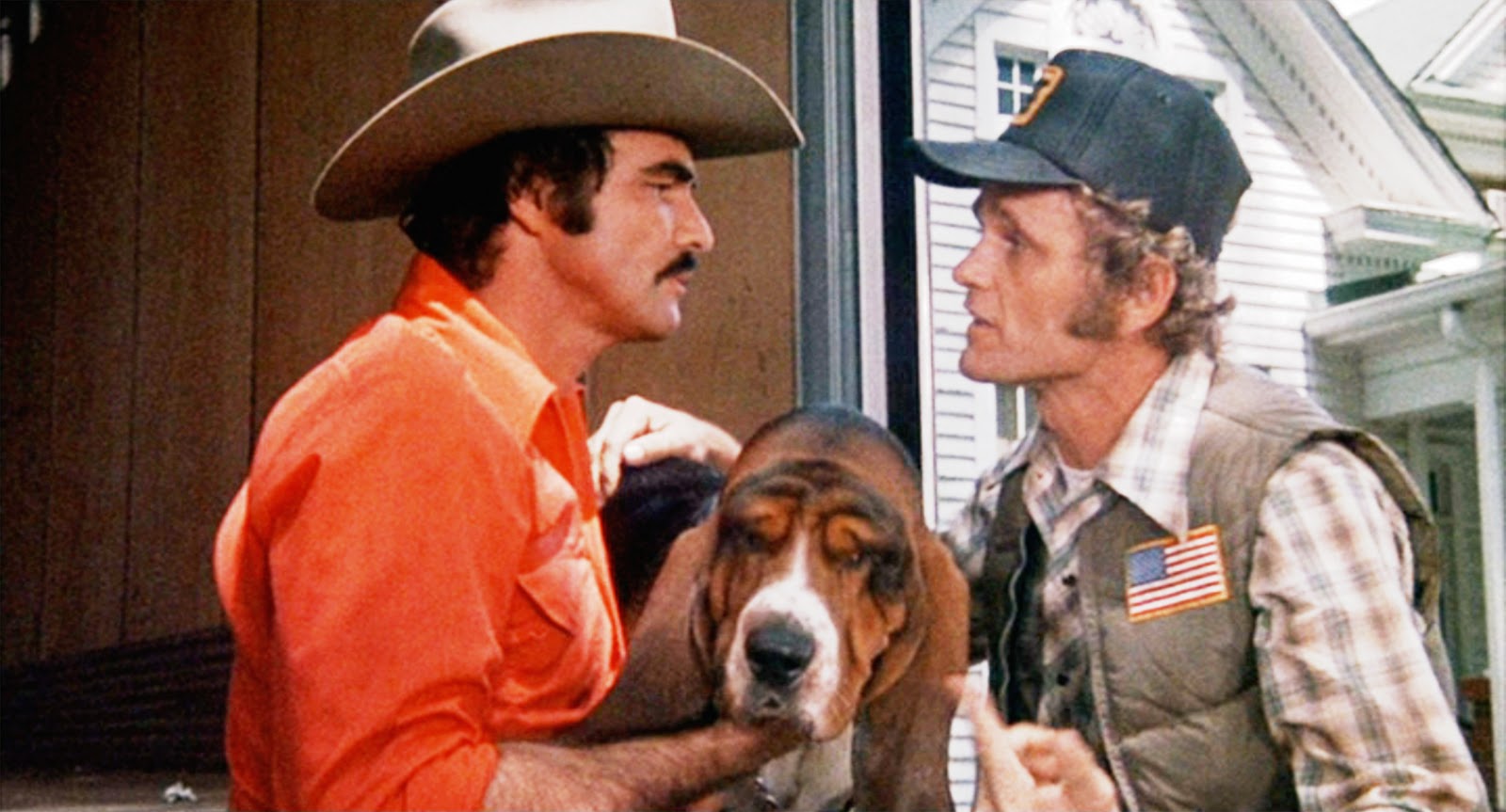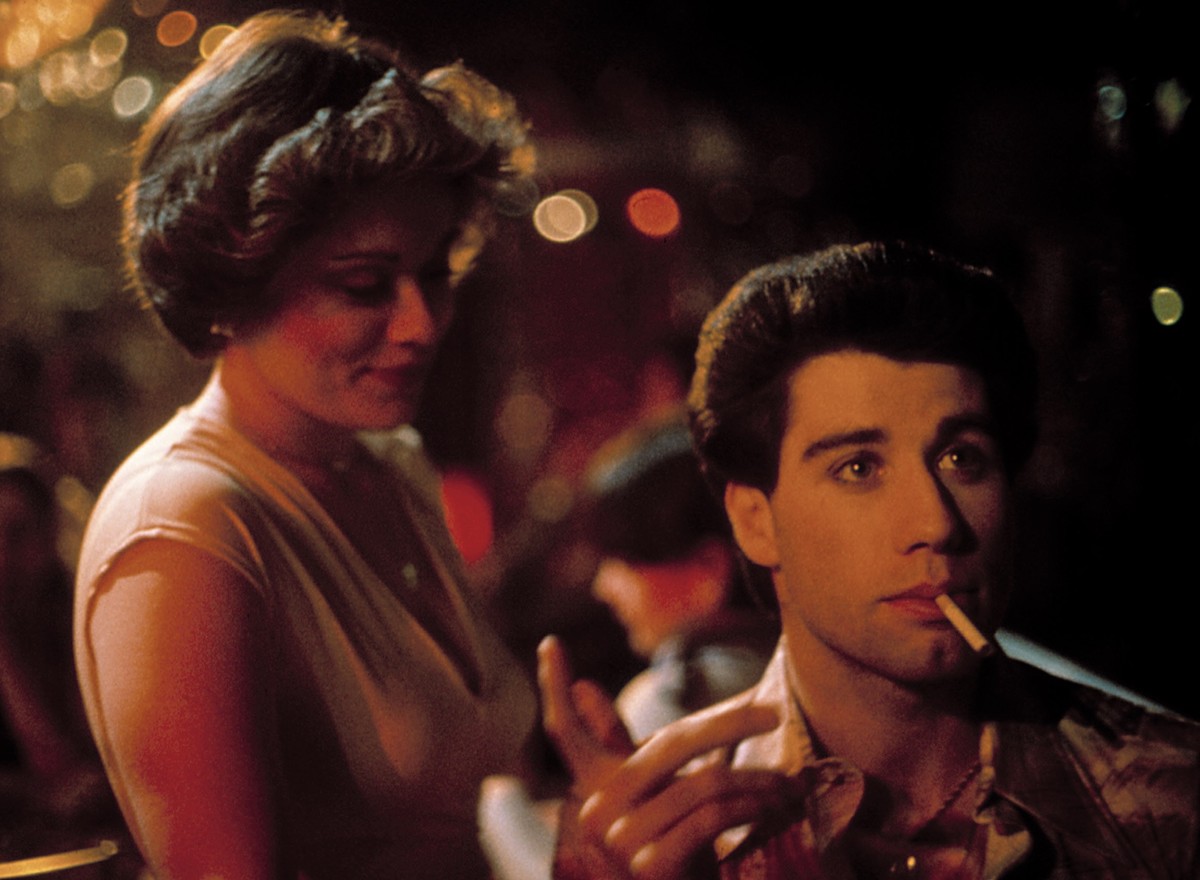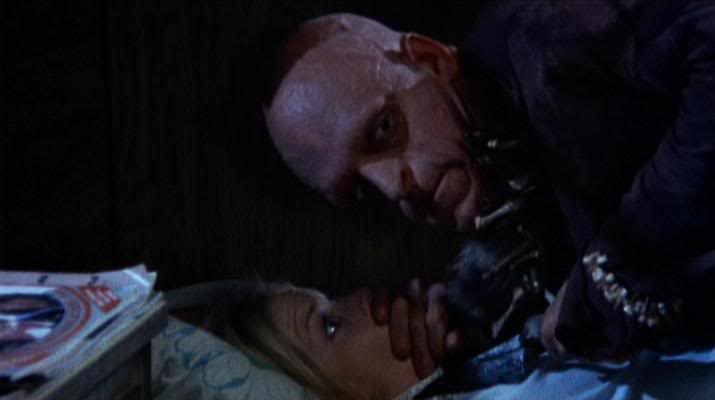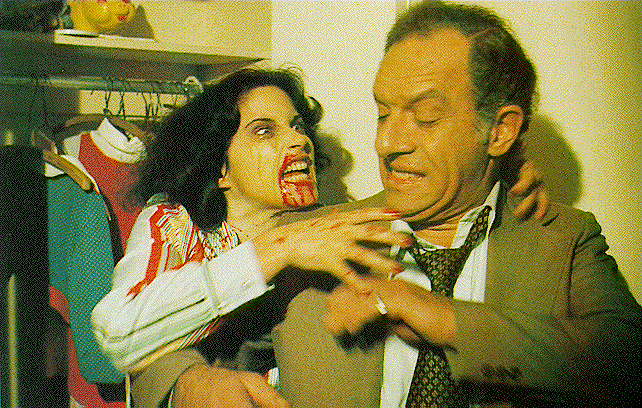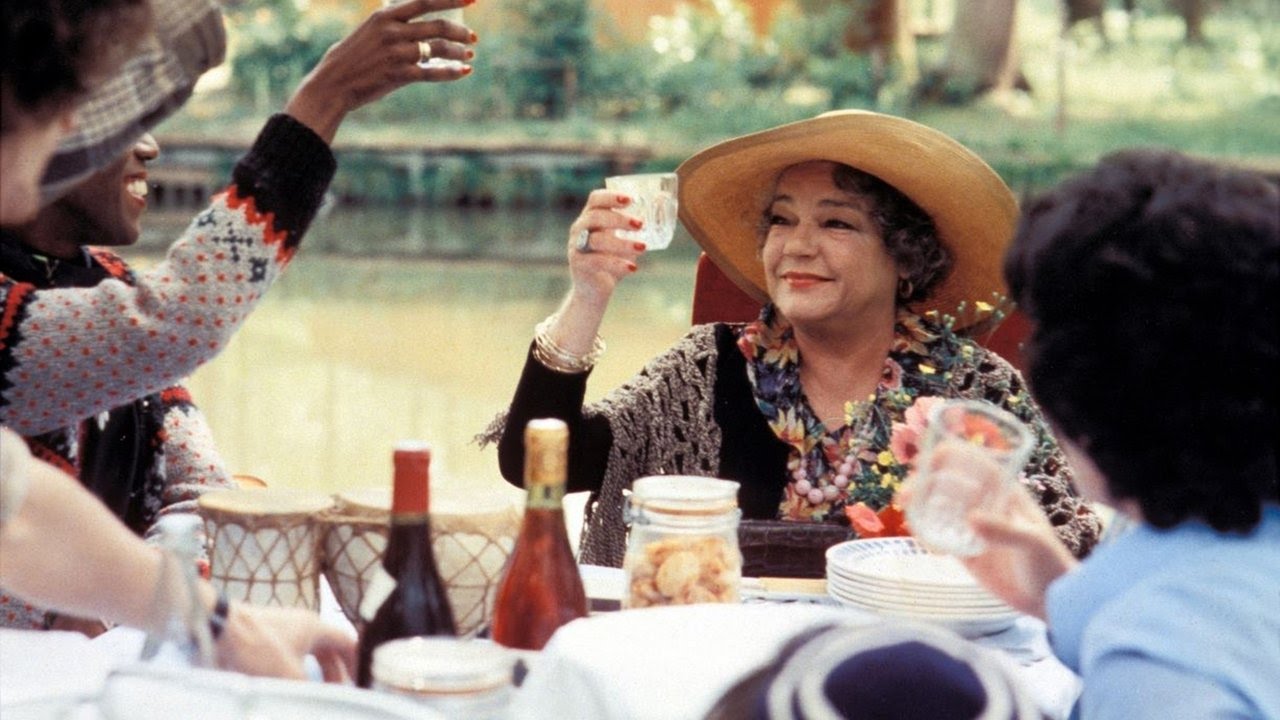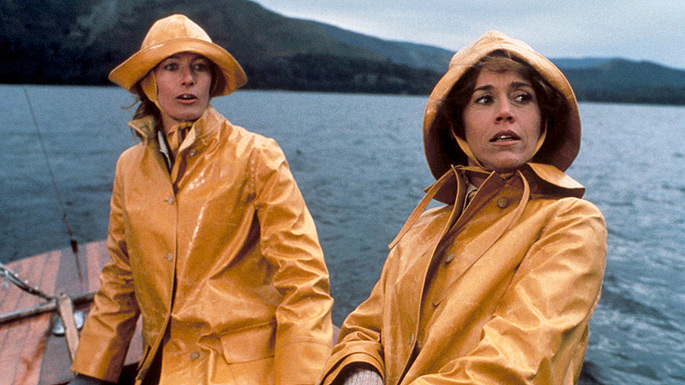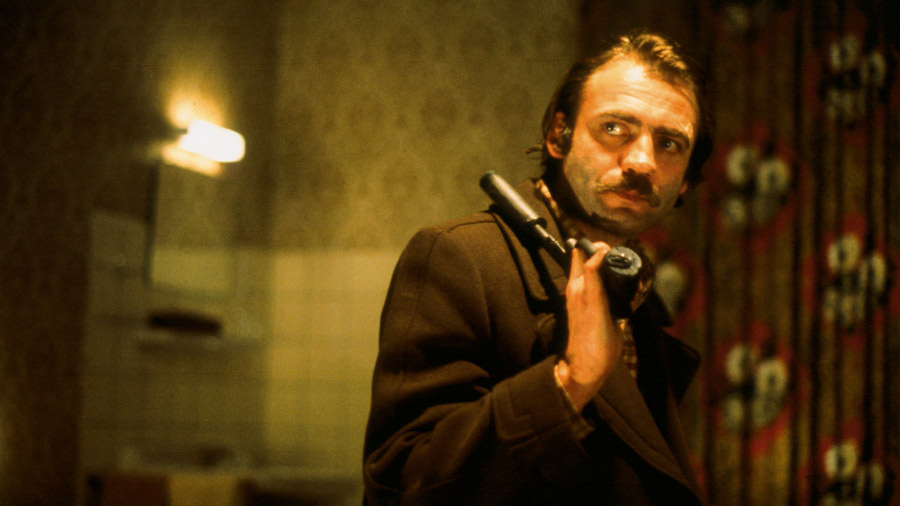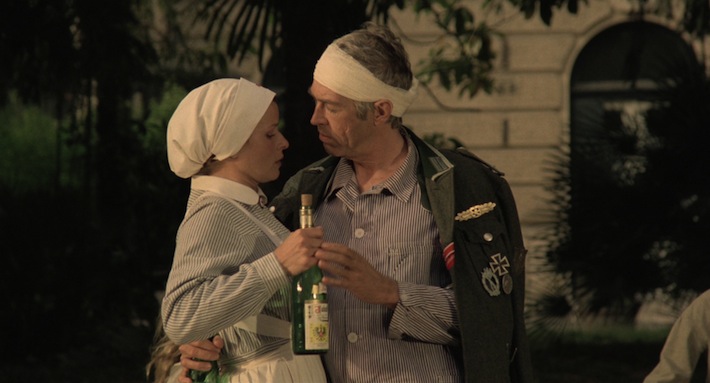If you want diversity in film, there is no better year to check out than 1977. It was the year we were first introduced to Star Wars; for many moviegoers around the world nothing would ever be the same again. It was a groundbreaking movie experience that some say has never been repeated since.
1977 was the year of “Saturday Night Fever”. Remember the slick and cool John Travolta cruising around the city, looking for a good time, dancing to the Bee Gees? This was disco culture at its best. 1977 was the year of “The Hills Have Eyes” and “Suspiria”, two of the most celebrated horror movies of all time. 1977 was the debut year of directors Ridley Scott (with “The Duellists”) and David Lynch (with “Eraserhead”), two directors without whom cinema today would be inconceivable.
1977 was the year of “Annie Hall”, the movie that put Woody Allen on the A-list map and established his career for good. 1977 was the year of “Killer of Sheep”, the first “serious” black film that paved the way for brilliant directors such as Spike Lee and John Singleton.
European cinema didn’t do so badly either. 1977 was the year of “Man of Marble”, a Polish film directed by Andrzej Wajda that miraculously eluded censorship and managed to send a clear message, to the western world, about the poisons of the communist regime. 1977 was the year of “The Ascent”, a brilliant and unapologetic war drama. 1977 was the year of “Stroszek”, a film of epic sadness so real and tangible it hurts.
The list of great films that came out in 1977 could go on forever, but here are the 25 best films that were released in this spectacular year in cinema.
25. Smokey and the Bandit (Hal Needham)
Burt Reynolds may not say much to audiences of the 21st century, but back in the 70s he was a pretty big deal and “Smokey and the Bandit” is one of the reasons; it’s a thrilling 95-minute chase filled with comedy and good fun.
Burt Reynolds plays Bo Darville aka “Bandit”, a truck driver that agrees to push his limits and take on the job of a lifetime. His mission is to transport a load of beer from Texas to Georgia within 28 hours.
This may seem like an impossible task, but not for “Bandit” who loves a good old challenge. Things get complicated when hitchhiker Carrie (Sally Field) joins the ride. It is quickly revealed that Carrie is a runaway bride and that sheriff Buford Justice, aka “Smokey”, her would-be father-in-law, is on their tail. The chase is on.
“Smokey and the Bandit” is considered the ultimate redneck comedy because of its setting, characters, and subject matter. But that label is quite unfair because audiences from all around the world enjoy and can’t get enough of this comedy. It is universally entertaining and universally funny. The elaborate car chases are also part of the fun. Every movie has a goal and this movie wants nothing more than to take us away from our mundane lives for a little while. Mission accomplished.
24. Saturday Night Fever (John Badham)
“Well you can tell by the way I use my walk/I’m a woman’s man; no time to talk”. Everyone knows these lyrics, everyone knows the song they come from and the band that sings them, and everyone associates them with John Travolta walking confidently through the streets of New York, all dressed up and ready to party. “Saturday Night Fever” is the ultimate disco movie, Tony Manero (John Travolta) is its king, and “Stayin’ Alive”, by the Bee Gees, is its soundtrack.
Tony Manero is 19 and working a dead-end job in Brooklyn. During the week, he’s a nobody, but on the weekend, he becomes the king of the disco. You could say that Tony lives for the weekend because dancing is his life.
One day, Tony finds the perfect opportunity to let everyone know what a great dancer he is. He enters a dance competition held by the local club and asks Stephanie – a beautiful girl he noticed a couple of times on the dance floor – to be his partner. As expected, the two begin to fall in love with each other as rehearsals progress.
The film earned Travolta an Oscar nomination for Best Actor; it also gave disco music the cinematic reference it needed. The soundtrack features some of the best disco music ever made and still makes everyone – even the rockers – want to get up and dance. Mostly contributed by the Bee Gees, this type of music is the essential element that makes the whole film work so well.
23. The Hills Have Eyes (Wes Craven)
Wes Craven’s second film tells the story of probably one of the unluckiest families in the history of cinema: the Carter family. While vacationing to California, the Carter family experiences a car wreck in the middle of the desert.
More misfortune soon follows as the family finds out that that particular area of the desert is being used for nuclear testing. They are also inhabited by cannibalistic, violent human beings who seem to be stuck (from a mental point of view) in primitive times. The Carters must now fight to survive their hellish vacation.
Far from being just another stalk-and-slash horror movie, this is an almost documentary-like film concerning the animals, which exist in all human beings. It isn’t long before the gentle Carters are forced to revert to savage instincts in order to protect their own clan, as the thin veil, which is civilization, is torn away. The acting is realistic and first-rate, the scenes of violence are genuinely gripping, and there are no padding or dull moments. Real-life horror is the scariest kind of horror, as this film demonstrates.
22. Rabid (David Cronenberg)
David Cronenberg’s early films were pretty scary stuff, certainly not for the faint of heart. “Rabid” is an excellent example of the acclaimed director’s early style.
Rose is a young woman who has just been involved in a motorcycle accident. In order to save her life, she requires plastic surgery. The surgery is seemingly is a success there’s one side effect: a little stinger hidden under her armpit that makes the woman crave blood constantly. As her lust for blood grows stronger, so does her madness and the number of her victims.
“Rabid” isn’t a zombie movie in the classic meaning of the word but it could certainly pass for one; it features a number of sequences where people are attacked by other people and they’re a delight to watch, as sick as that might sound. The movie is also really gory and it’s not cartoon gore either. The gore in “Rabid” is realistic and heavy. Cronenberg builds lots of tension in the movie with the help of a powerful musical score. This ensures an interesting view on the way horror movies were made at the time.
21. La Vie Devant Soi (Moshe Mizrahi)
As far as French literature goes, there is no bigger acknowledgment than the “Prix Goncourt”; it is the French Nobel Prize for literature. This prestigious award can be given to an author only once. In 1975, it was given to Emile Ajar for his novel “The Life Before Us”.
The only problem was Emile Ajar was the same person as acclaimed novelist Romain Gary, who had already won the award in 1956. Using the pseudonym of Emile Ajar, Romain Gary is the only author to have won the “Prix Goncourt” twice. But his little stunt of Gary’s does not take away from the value of the novel and its cinematic potential explored by director Moshe Mizrahi. The film tackles difficult subjects such as immigration, prostitution and euthanasia.
“La Vie Devant Soi”, also known as “Madame Rosa”, is about a retired prostitute and survivor of the Nazi concentration camps, who is now taking care of the children of the active women in the branch.
Madame Rosa (Simone Signoret) is old and her health (both physical and mental) is declining fast; it is especially her frail mental state that is giving her a hard time. Her salvation might lie in the form of an orphaned 14-year-old Arab boy whom Madame Rosa feels a unique attachment toward. But will her love for this boy save her from old age?
This very provocative story is a lesson in tolerance that makes an impression on the viewer through its brutal realism. Simone Signoret beautifully plays ex-prostitute Madame Rosa and really puts her heart and soul into the performance.
The film also conveys a feeling of existential sadness, especially concentrating on the ugly sides of life and on the hopeless life that some are born to live. The film (like the novel) suggests that maybe the fact that you have your whole life before you is not necessarily a good thing.
20. Julia (Fred Zinnemann)
Lillian (Jane Fonda) and Julia (Vanessa Redgrave) have been friends since childhood, but fate had two different lives planned for them. After many years, the two friends reunite in Russia. Lillian – who is now a playwright – soon finds herself aiding her friend in smuggling funds for the anti-Nazi movement into Germany. However, this newfound profession of Lillian’s must remain a secret.
The film won both Redgrave and Jason Robards (who plays Lillian’s lover) Oscars for their supporting roles; Jane Fonda was also nominated. The script, the cinematography, the locations and especially the three lead performances all came together to create a wonderful atmosphere and a great film. Who cares if the film’s story is true? The film itself is gripping and very well executed.
19. Der Amerikanische Freund (Wim Wenders)
“Der Amerikanische Freund” is the art-house movie version of the Tom Ripley novels written by Patricia Highsmith. This is not a thriller or an action film but a slow-paced descent into madness. In this film, we find Tom Ripley (Dennis Hopper) living in Hamburg, Germany. He is involved in the artwork forgery business.
After he is introduced to Jonathan Zimmermann (Bruno Ganz), Ripley starts to hatch a scheme as he learns that Jonathan has a rare blood disease that is slowly killing him. After convincing him that his disease is evolving very fast, he persuades Zimmermann to kill a local gangster thus giving a meaning to his life.
The strong point of this film is not the story but its artistic value. Wenders transforms the film’s noir subject into something almost surreal. Ganz’s character is a typical family man who is desperately trying to find a way to solve all the problems that are in the way of his and his family’s happiness. After meeting Ripley, who can be viewed as his death angel, his state of mind goes to places beyond his control.
18. Cross of Iron (Sam Peckinpah)
It is very rare for an American movie to tell stories of World War II from the enemy’s perspective. But then again, Sam Peckinpah was never about making conventional movies. Just as “The Wild Bunch” knocked down certain barriers of the western genre, “Cross of Iron” tries to show another side of the German army.
The film is set on the Eastern Front near the end of the war. Stationed here is well respected Captain Rolf Steiner (James Coburn). A new arrival at the station is Prussian aristocrat and captain Hauptmann Stransky (Maximilian Schell). Captain Steiner is the recipient of the Iron Cross decoration, the highest honor of the German army, but he couldn’t care less about decorations and medals; all he wants is to return home alive.
Captain Stransky is a coward and is envious of Steiner’s bravery and distinction. Stransky would do anything to get an Iron Cross including lying and taking credit for the bravery efforts of Captain Steiner. One could say that the film is as much a drama about class conflict as it is a war film.
To Peckinpah’s credit, while telling his story of rough men in a rougher world, he gives a superbly detailed account of the squalor, fear, brutality and futility of the war. Peckinpah’s style is very suited to the subject. He shot at different speeds and did not flinch from depicting bloody action and alternating between tension, explosive violence and the daily life of the men.
Despite Peckinpah’s alcoholism reaching full potential at the time the movie was shot, this did not show at all on the screen. The story is compelling enough to have one on the edge of their seat while watching Steiner’s platoon struggle, no longer for victory but just for survival.

